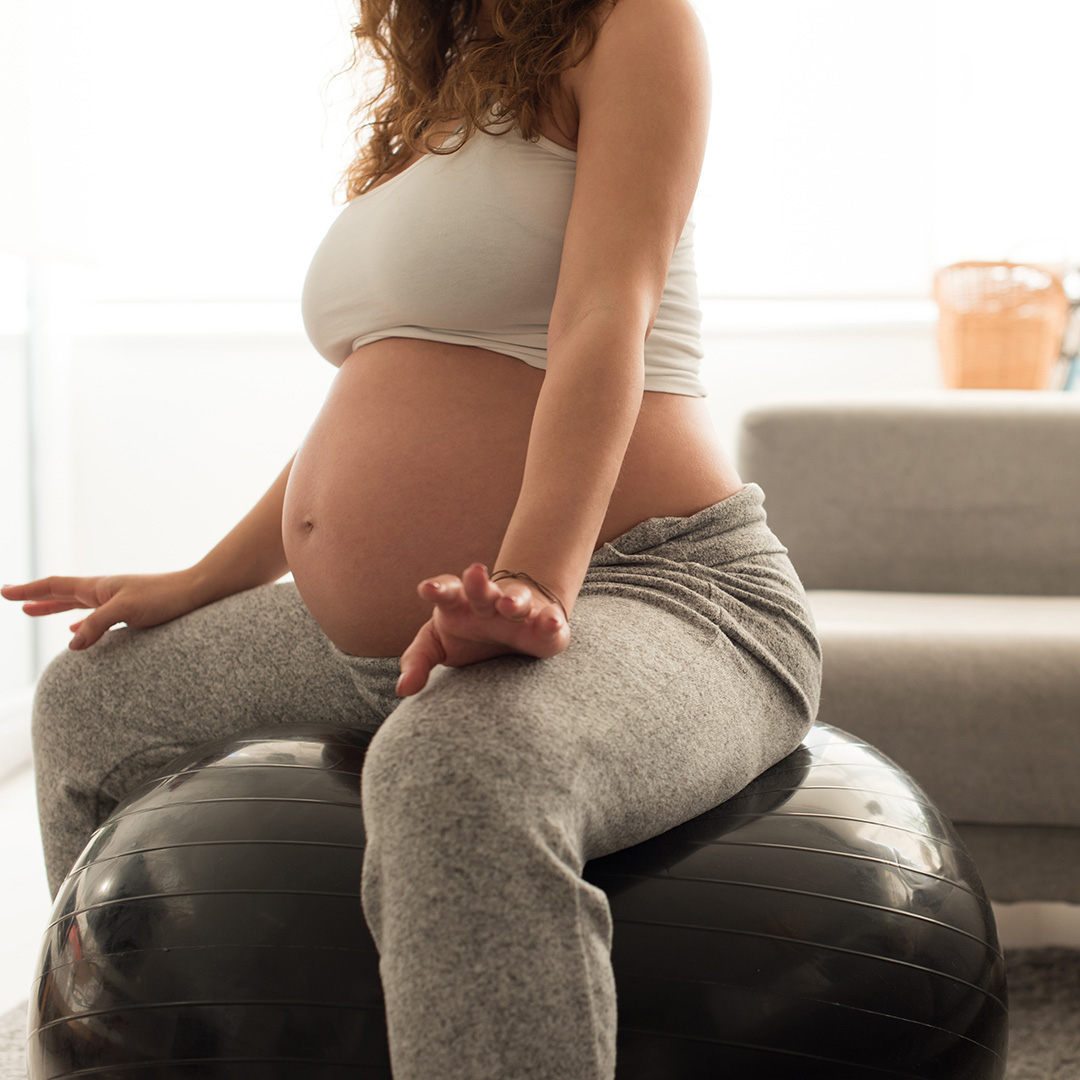The Stages of Labor: What to Expect and How to Prepare
The journey of bringing your baby into the world is one of the most profound and transformative experiences a person can go through. As you approach labor, it’s natural to feel a mixture of excitement, anticipation, and even a little anxiety. Understanding each stage of labor can help ease some of those feelings by giving you a clearer picture of what’s happening in your body. In this article, we’ll focus on the first stage of labor—a critical phase where your body begins the work of preparing to birth your baby.
The first stage of labor is divided into three distinct phases: early labor, active labor, and the transition phase. Knowing what to expect in each can help you stay calm, centered, and ready to meet your baby.
Early Labor: Gentle Beginnings
Early labor is when your body starts to signal that the birth process is beginning. During this phase, your cervix will slowly begin to dilate and efface, meaning it softens and thins out to prepare for the baby’s passage through the birth canal. Contractions during early labor are typically mild, irregular, and spaced farther apart, ranging from 15 to 30 minutes between contractions and lasting anywhere from 30 to 45 seconds.
These contractions, though generally manageable, help to gently open the cervix, moving you closer to active labor. You may also notice the loss of your mucus plug during this phase—a thick discharge that has sealed the cervix during pregnancy. It’s usually tinged with blood and is a sign that your cervix is changing in preparation for birth.

For first-time mothers, early labor can last anywhere from several hours to a few days. On average, it may last between 6 and 12 hours, but this varies from person to person. While contractions are occurring, they are often not strong enough to require immediate medical attention, allowing you to stay at home, rest as much as possible and conserve your energy.
Early labor is a great time to rest and practice relaxation techniques. Since the contractions are mild and your body isn’t working at full intensity just yet, it’s important to take advantage of this time to stay comfortable and calm. Take a warm shower, enjoy a gentle walk, or catch up on sleep if you can (especially during night hours). This is also a good time to eat small, nourishing meals that will keep your energy levels up for the more intense stages ahead.
Hydration is key, so make sure you’re drinking plenty of water or natural juices. Keep in touch with your midwife or healthcare provider and follow their advice about when to head to the birth center or hospital. In most cases, you can safely labor at home until your contractions become more frequent and intense.
Active Labor: Gearing Up
Active labor is when things start to intensify. Contractions become longer, stronger, and more regular, typically coming every 3 to 5 minutes and lasting about 60 seconds each. This is also when your cervix typically dilates to 6 centimeters, and more rapidly, typically by about 1 centimeter per hour. As active labor picks up, you may start to feel more discomfort in your lower back and abdomen, and you might experience nausea as your body works hard to push your baby downward.
At this stage, it’s important to notify your care provider, so a plan can be made to meet at your chosen place of birth. Many women describe active labor as physically and emotionally challenging, so having the support of your doula, midwife, partner, or birth team can make a significant difference.
On average, active labor lasts between 4 to 8 hours. However, the length of this phase can vary, depending on several factors, including whether or not you’ve given birth before, your baby’s position, and how your body responds to labor. Each woman’s experience is unique, so it’s important to focus on staying present and following your body’s cues.
During active labor, movement and position changes can help you stay more comfortable and facilitate the progression of labor. Walking, sitting on a birthing ball, or using gravity-friendly positions like squatting or kneeling can provide relief and encourage your baby’s descent. Breathing exercises and focusing on your breath during contractions can help keep you grounded and centered.
Hydration continues to be crucial, and you might want to sip on water or electrolyte drinks between contractions. Listen to your midwife’s guidance on pain management techniques, whether you’re opting for natural methods, such as breathing and visualization, or medical interventions.
Transition Phase: The Final Push
The transition phase marks the final and most intense part of the first stage of labor. Contractions during transition are powerful and frequent, coming every 2 to 3 minutes and lasting up to 90 seconds. The cervix dilates from 8 to 10 centimeters, the final stretch before you’re ready to push. You might feel a strong urge to bear down as your baby moves lower in the birth canal, but your midwife will guide you on when to start pushing to ensure a safe and effective delivery.
Transition is often considered the most challenging phase of labor due to the intensity of the contractions and the overwhelming feelings that can come with it. Many women experience strong emotions during this time, ranging from frustration to excitement, as the end of labor draws near.
Thankfully, while transition is the most demanding phase, it’s also the shortest, typically lasting between 30 minutes to 2 hours. Once you’ve reached full dilation, you’ll move into the second stage of labor—pushing.
During transition, it’s essential to focus on your breath and trust your body. The intensity of this phase can be overwhelming, but it’s also a sign that you’re nearing the end of labor. Your midwife will help guide you through contractions and offer encouragement. Stay hydrated, change positions as needed, and communicate with your birth team about any pain or discomfort. This is the time to lean into your support network and allow them to help you through the final moments of this stage.
Embrace the Process
The first stage of labor is an incredible journey of physical and emotional endurance. While it can be intense, each contraction brings you closer to meeting your baby. By staying informed, listening to your body, and surrounding yourself with a supportive birth team, like the one we can provide you here at South Coast Midwifery, you can navigate each phase of the first stage of labor with confidence. Trust in the process, and remember that every woman’s labor experience is unique—yours will be no different. You’ve got this!





